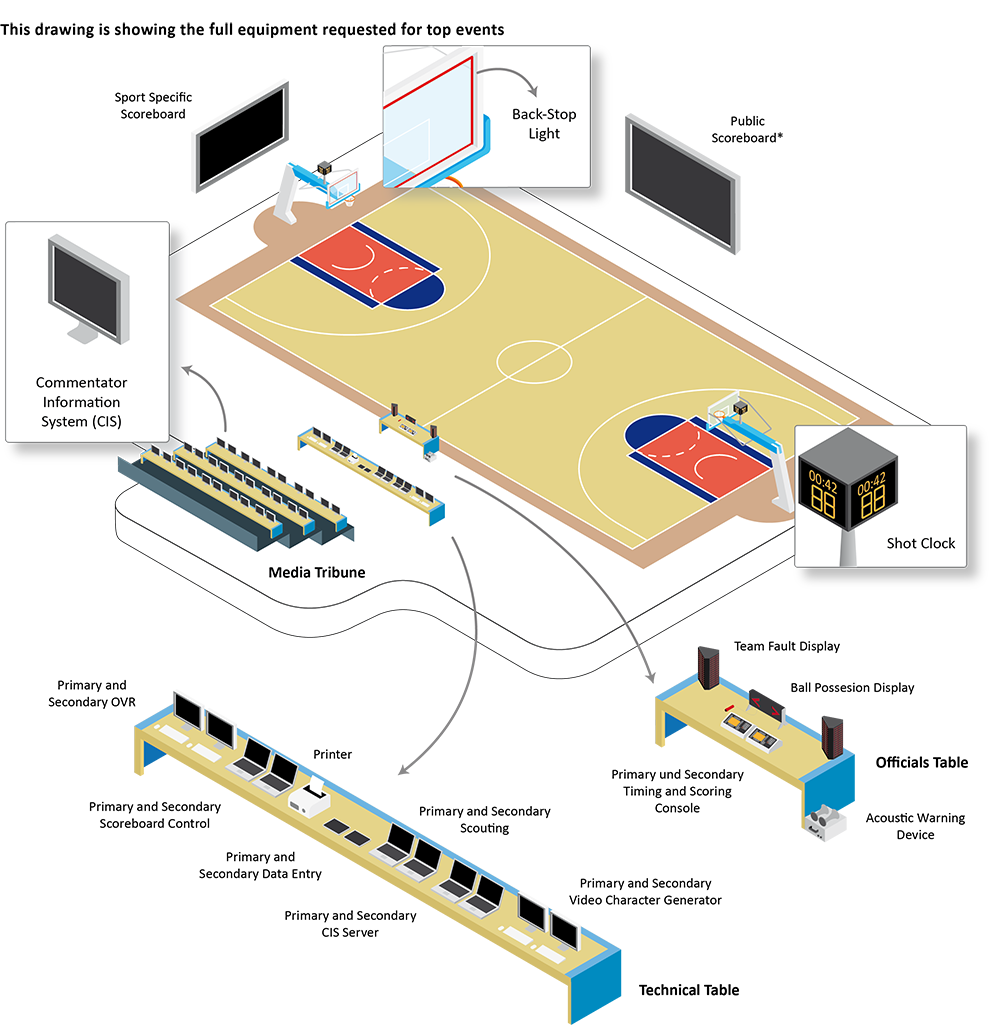Basketball play diagrams are the universal language of basketball coaches throughout the world. In fact, you can find basketball graffiti (play diagrams) on clipboards, white boards, napkins, gym floors, pieces of scratch paper, or just about anything coaches can write on. It is of the utmost importance that all players understand play diagrams, since coaches draw them on clipboards as a form of communication especially during a game.
- The new telestrator feature allows for diagramming over video. All features have been designed with speed of access and usability in mind, so that this app can be used quickly in timeouts. This app can also be used on projection screens for team strategy sessions or used for playbook creation with windows 8's screen shot functionality.
- PlayMaker Pro play diagramming software is used by football and basketball coaches to create playbooks, handouts, drill / scout cards, presentations and animations. PlayMaker Pro users create precise drawings on scale size fields and courts that look more professional than what they can draw by hand. They save time by reusing their work.
Basketball Playbook software version 012 is a coaching tool for Windows 7/8.x/10 which helps a coach create practice plans and design his own plays and drills. Practice plans, plays and drills can be shared with other coaches and players. This site contains information and upgrades for the coaching software tool Basketball Playbook. ISportsAnalysis online basket ball analysis software makes it easy to create interactive reports for your coaches and players to engage with. Interactive match reports uncover insights and help you and your teams gain the competitive edge. Click on any stat to review video clips of those moments. Measure and monitor training gains; 2.
A Typical Play DiagramBase Cross Offense |
To some, play diagrams may look like hieroglyphics or may be difficult to comprehend. However, by using a few basic symbols and color, HoopTactics makes it easy for even a novice to understand even the most complex play action. Once you learn the various symbols used in the diagrams you'll be able to instantly form mental images of the play action as if it were actually taking place on the court.
Offensive PlayersOffensive players are represented by circles containing numbers corresponding to the basic five player positions.
|
Player with BallThe symbol of a basketball indicates the player who starts out with ball possession. |
Defensive PlayersDefensive players are represented by 'X's' with sub or superscript numbers corresponding to the basic five player positions.
|
Player DribblingZig Zag lines represent the path of the player that is dribbling the basketball. The arrow head indicates the direction of movement. |
Player PassingA dashed orange line is used to signify a pass. The arrow head shows its direction, while the number of hash marks indicate the sequential order when multiple passes are involved. |
Player ShootingA shot or field goal attempt at the basket is indicated by an orange dotted line with an arrow head. |
Player MovementBoth offensively and defensively, player movement is indicated by solid lines. The arrow head indicates the direction of movement. |
Player ScreenA short perpendicular line at the end of a player's movement line represents a screen or pick. |
Play Action EmphasisThe color Red is used to emphasize and point out a specific action within a play diagram. |
Once players learn the various symbols used in the diagrams they will be able to instantly form mental images of the play action as if it were actually taking place on the court.
Combining of Play Diagram Symbols
Pass and CutBall handler O1 passes to wing, and cuts to basket for return pass. This Give and Go action is one of the oldest, yet prettiest plays in basketball. |
Down Screen action.Player O3 sets a down screen for O2. Down screens are the most used Off-Ball screens. |
Mid ScreenPlayer O5 sets an On Ball screen on defender X1. Ball handler O1 drives off the screen with options of continuing to the basket or passing to O2 or to O5 rolling to the basket after setting the screen. |
Defensive Switch.Player O1 passes to wing and sets a diagonal screen for O3. Defenders X1 and X3 disrupt the screen by switching opponents. |
Defensive TrapDefenders X 1 and X 2 execute a double team on ballhandler O1. |
CAUTION
Coaches, if you are going to draw play diagrams during timeouts, make sure that all players know how to understand them and that they are clearly drawn. Do NOT take it for granted that they have been taught how to interpret and understand play diagrams.
Once players learn the various symbols used in the diagrams they will be able to instantly form mental images of the play action as if it were actually taking place on the court.
Can you interpret this 'Single/Double' baseline out of bounds play?
How well did you do?
Player O2 inbounds the ball to O3 breaking out to wing off O1's screen.
Player O3 then passes to O1 popping out to top of the circle and sets a double screen with O5.

Inbounder O2 steps inbounds under the basket with the options of continuing off O4's base screen or popping out off O3's and O5's double screen for shot.
Continue and learn about the various types of basketball offenses - Click Here
Return to Basketball Basics' Main Menu - Click Here